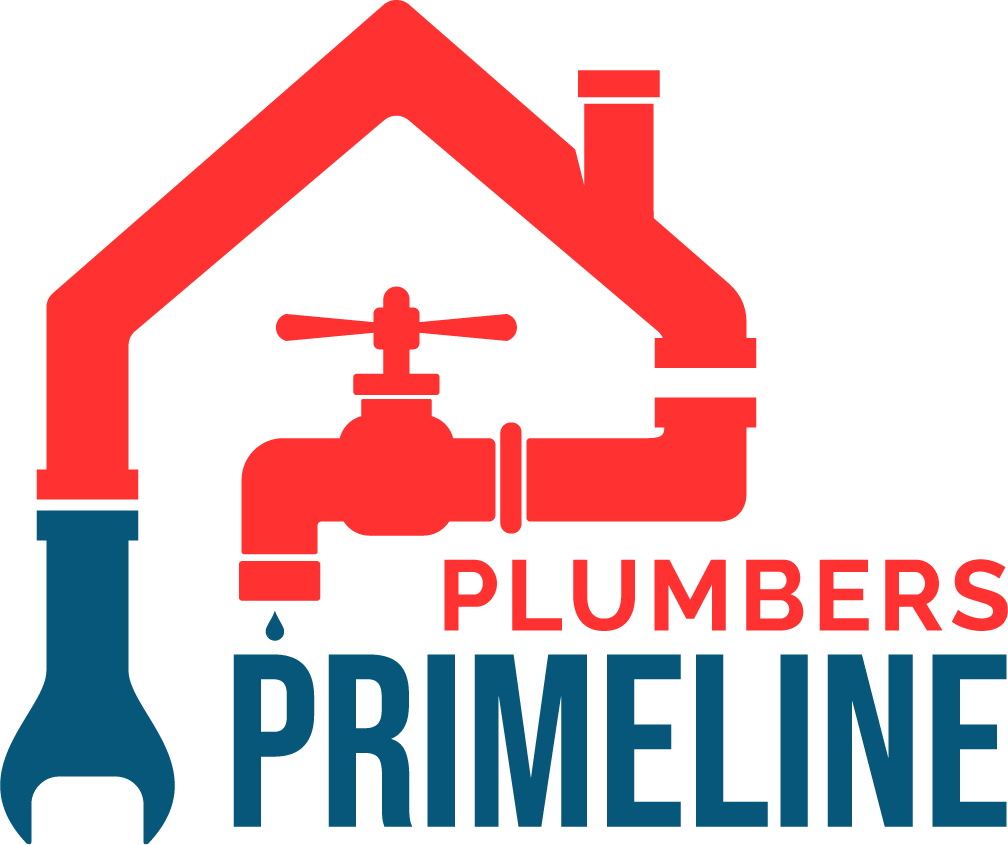Just like a septic tank, a pressure tank is a critical component of many water systems, particularly for homes that rely on well water. It ensures consistent water pressure, reduces pump wear, and improves system efficiency. Whether you’re setting up a new water system or upgrading an existing one, understanding what a pressure tank does and its benefits is essential.
Let’s dive into the details of pressure water tanks and why they’re indispensable for your water supply.
What Is Pressure Tank?
A pressure tank is a container designed to store water under pressure. It works by using compressed air to maintain a steady supply of water throughout your home or property. Inside the tank, there is typically a diaphragm or bladder that separates the air from the water. When water is pumped into the tank, it compresses the air, creating pressure that pushes water through the pipes whenever you turn on a faucet or appliance.
These tanks are commonly found in systems that draw water from a well, though they can also be used in other settings. The primary purpose of a pressure tank is to provide consistent water pressure and reduce the number of times the pump needs to cycle on and off. These can’t be installed DIY, so you need assistance from professionals.
Let’s say you are based in Mount Pleasant and need local plumbers assistance feel free to contact Primeline Plumbing any time of the day.
How Does a Pressure Tank Work?
Here’s a step-by-step breakdown of how a well water pressure tank operates:
- Water Entry: The pump draws water from the well and pushes it into the tank.
- Air Compression: As water fills the tank, it compresses the air inside, creating pressure.
- Water Supply: When you open a faucet, the pressurized air pushes the water out of the tank and into your plumbing system.
- Refilling: Once the water level drops below a certain point, the pump kicks in to refill the tank and restore pressure.
Why Do You Need a Pressure Tank?
A water tank pressure tank offers several advantages that make it essential for well water systems:
1. Consistent Water Pressure
Without a pressure tank, water pressure can fluctuate significantly, especially when multiple faucets or appliances are in use. A pressure tank maintains steady pressure, ensuring a reliable flow of water throughout your home.
2. Protects the Pump
Running a water pump frequently can lead to excessive wear and tear. By storing pressurized water, a pressure tank reduces the number of cycles the pump needs to operate, extending its lifespan and saving you money on repairs or replacements.
3. Energy Efficiency
Since the pump runs less often, a pressure tank helps reduce energy consumption. In case of any issue, you can easily search for “plumbing services near me” in your area such as Orangetown to ensure your system stays energy efficient.
4. Emergency Water Supply
A pressure tank acts as a small reservoir, holding water that can be used during power outages or pump failures. For instance, a 5 gallon pressure tank can store enough water for basic needs until the system is back online.
Types of Pressure Tanks
Pressure tanks come in various sizes and designs to suit different needs. Here are the main types:
- Bladder Tanks: These tanks have a flexible bladder inside that separates air from water.
- Diaphragm Tanks: Similar to bladder tanks, but use a diaphragm to separate air and water.
- Air-Over-Water Tanks: These traditional tanks mix air and water, but they require more maintenance to prevent air loss.
Choosing the Right Size
The size of the pressure tank is crucial for optimal performance. A larger tank can store more water, reducing pump cycles and ensuring better efficiency. For instance, a 5-gallon pressure tank might suffice for small households with minimal water usage, but larger homes often require tanks with greater capacity.
Installing and Maintaining a Pressure Tank
Proper installation and maintenance are key to the longevity and effectiveness of a pressure tank. Here are some tips:
- Professional Installation: Just as you would hire toilet installation services, make sure you hire a licensed professional to install your pressure tank and ensure it’s properly connected to your well and plumbing system.
- Regular Inspections: Check the tank for leaks, rust, or damage. Ensure the pressure is within the recommended range, typically 40-60 psi for most systems.
- Drain and Clean: Periodically drain and clean the tank to prevent sediment buildup.
For added clarity, refer to the well and pressure tank diagram above, which illustrates the connection between the well pump, pressure switch, and tank. That visual guide can help you understand your system’s layout and identify potential issues.
Conclusion
A pressure tank is an indispensable part of any well water system. It provides consistent water pressure, protects your pump, and ensures an energy-efficient supply of water. By understanding how pressure tanks work and why they’re essential, you can make informed decisions that enhance your water system and improve your quality of life.


